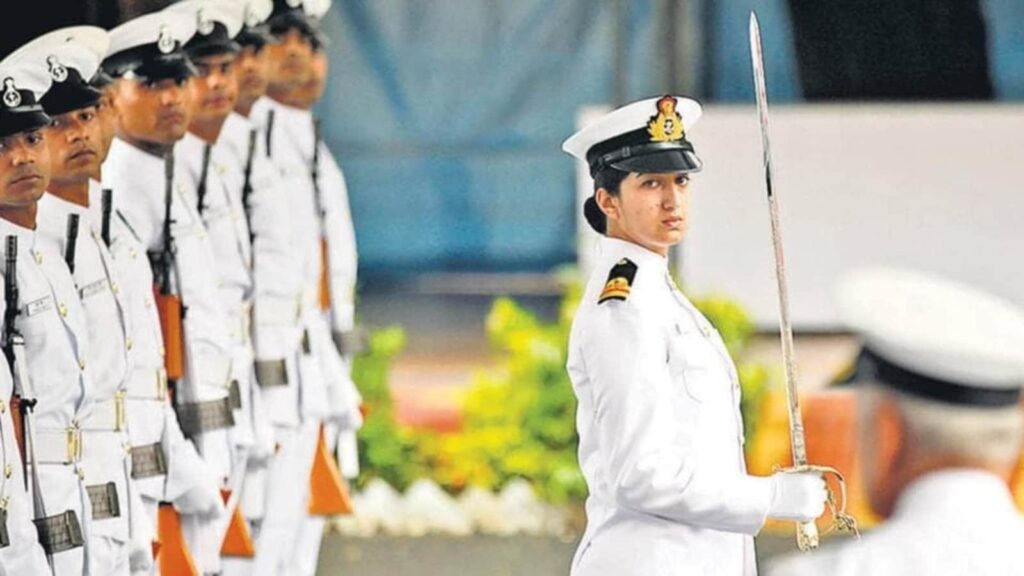1992 was an eventful year in India. The country was still coming to terms with the tectonic changes triggered by the economic liberalisation months before, the Harshad Mehta scam had shaken the confidence of investors in the market, and the razing of the Babri Masjid sparked riots that killed thousands of people. In this melee was a low-profile event that was to change the course of the defence forces. In January of that year, the government issued a notification making women eligible to be appointed as officers in a few branches of the Army, such as the postal service and education corps, opening a door that was shut until then.
But it wasn’t easy. Women initially found the going treacherous, battling entrenched sexism and institutional lethargy at every step. Each victory was difficult, incremental and hard-fought. They repeatedly approached the courts, yet, by the end of the decade, only a handful of women had been allowed to join the forces and that too in short-service commissions.
With time, however, hardened attitudes softened and barriers fell away. And if there was any single year emblematic of not just institutional change but temperament transformation, it was 2023. This year marked many firsts for female officers in the forces — women were allowed in command roles and have troops of their own, entered the prestigious and hitherto zealously guarded artillery branches, and became part of the commissioning crew of warships; women were deployed on the harshest battlefield of Siachen, obliterating dogma about their suitability in frontline combat positions. And, the Indian Navy’s newest guided missile destroyer INS Imphal became the country’s first warship with separate accommodation for women officers and sailors, preparing itself for operational deployment on the high seas. The Navy and the Air Force now allow women into every branch of their operation, including special forces and submarines, while in the Army, only the armoured mechanised forces and infantry are out of bounds for female candidates.
No watershed is easily earned. As some of India’s most decorated women officers described at the Hindustan Times Leadership Summit this year, the changes are not superficial or mechanical, they also incorporate an intrinsic reboot of a traditional masculine culture. This is why for the first time, the move towards a more gender equal defence force is no longer driven by the judiciary but by the services themselves. Nudges from the Supreme Court, for example on the question of permanent commission, are no longer met with sullen silence.
A large chunk of the credit for this goes to the legion of women pioneers who fought back against tropes and gendered bias, aware that every step they took created a trail for the next generation to follow, and that any stumble would condemn not just them, but also those who came after them. Despite the adversities, they triumphed — with a dedication to their duty to the nation.
Across the world, research has shown that breaking gender barriers in defence forces allows them to become more potent, tap talent better, and guard the country effectively. 2023 showed that India was firmly on this path.
Continue reading with HT Premium Subscription
Daily E Paper I Premium Articles I Brunch E Magazine I Daily Infographics


